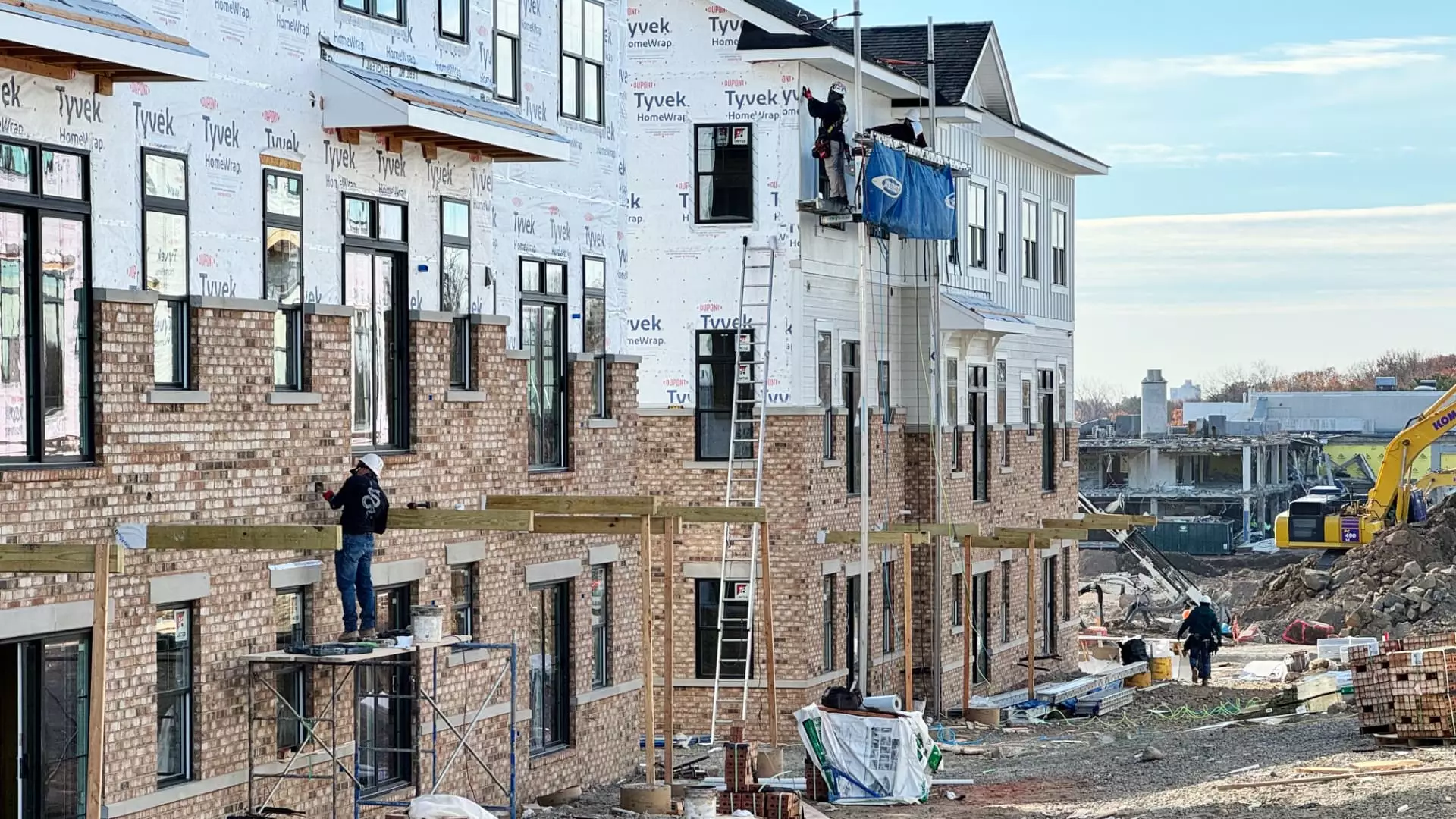Inflation has emerged as a significant battleground for economic policy in recent years, and the relationship between housing costs and inflation is critical. As President-elect Donald Trump gears up to take office, the pressing issue will revolve around how to manage inflation, particularly within the housing sector, an area where federal influence has its limits. The November consumer price index (CPI) report revealed a mixed bag of results regarding shelter costs, which account for a substantial portion of the inflation index.
Mixed Signals from Shelter Costs
The recent CPI data indicates that while the rate of increase in housing costs has been decelerating, it remains strikingly elevated. The most recent report indicated the smallest full-year increase in shelter costs since February 2022, alongside a notable dip in monthly rental gains that had not occurred in over three years. This is positive news on the surface, yet the annual growth rate for housing remains high at 4.7%. For context, this figure has not been seen at such levels since mid-1991, at a time when general CPI inflation hovered around 5%.
Housing costs have been a significant contributor to the overall rise in prices, accounting for nearly 40% of the CPI’s monthly increase, surpassing even food prices. As inflation nudges higher—reportedly at 2.7%, and 3.3% when excluding volatile categories like food and energy—the critical takeaway is that a return to the Federal Reserve’s target inflation rate of 2% seems uncertain. Experts agree that sustained improvement in rent and shelter costs will be essential before considering inflation under control.
Lisa Sturtevant, Chief Economist at Bright MLS, highlights that there is an expectation of gradual deceleration in year-over-year rental growth. However, many observers feel the process has been sluggish and inconsistent. Housing inflation, which peaked in March 2023, has seen an ongoing but uneven decline. While monthly shelter costs continue their gradual increase, the overall pace has slowed, leading to mixed sentiments among economists and financial analysts.
An essential factor influencing the housing market is the persistent imbalance between supply and demand, a situation exacerbated by the lingering impact of the COVID-19 pandemic. Current estimates show that housing supply remains approximately 17% below levels seen five years ago, creating stress in the market that complicates efforts to manage inflation through housing reform.
Rents, specifically, are under the microscope. The average rent nationwide came in at $2,009 in October, a slight drop from September yet still 3.3% higher than a year prior. Over the past four years, rents have escalated by 30%. These figures emphasize the continued upward trajectory of rental expenses, adding to the inflationary pressures that policymakers and the incoming administration must navigate.
Moreover, interest rates hold significant influence over housing costs. While the Federal Reserve has reduced the benchmark borrowing rate—marking a cut of three-quarters of a percentage point since September—typical long-term mortgage rates have seen an increase that mirrors these reductions. This contradiction poses a challenge, as high-interest rates hinder the affordability of housing while simultaneously contributing to inflation.
For Trump, who has backed various initiatives including deregulation and tax breaks, the path to containing inflation may involve addressing the housing market intricacies. These initiatives could inadvertently worsen inflation if not managed carefully. Sturtevant cautions that the president-elect’s proposed policies could exacerbate inflationary pressures, potentially stalling progress towards the Federal Reserve’s 2% target.
Despite the complexities, some analysts express cautious optimism regarding the housing situation. Bank of America economist Stephen Juneau perceives positive signs that rents could stabilize in line with 2% inflation, suggesting that the recent housing data will be received favorably by the Federal Reserve. Yet, this optimism is tempered by the reality that shelter costs remain a primary driver of inflation, distracting from any gains made through rate adjustments.
The interplay between housing costs and inflation constitutes a pressing challenge for the Trump administration. There exists a potential Catch-22; rates cannot drop until shelter prices decline, but rent stabilization cannot occur without reduced interest rates. The complexities surrounding housing and inflation demand strategic consideration and clear communication beyond mere rhetoric. As the economic landscape evolves, the measures taken in the housing market will be pivotal for sustaining economic stability and achieving inflationary goals.

